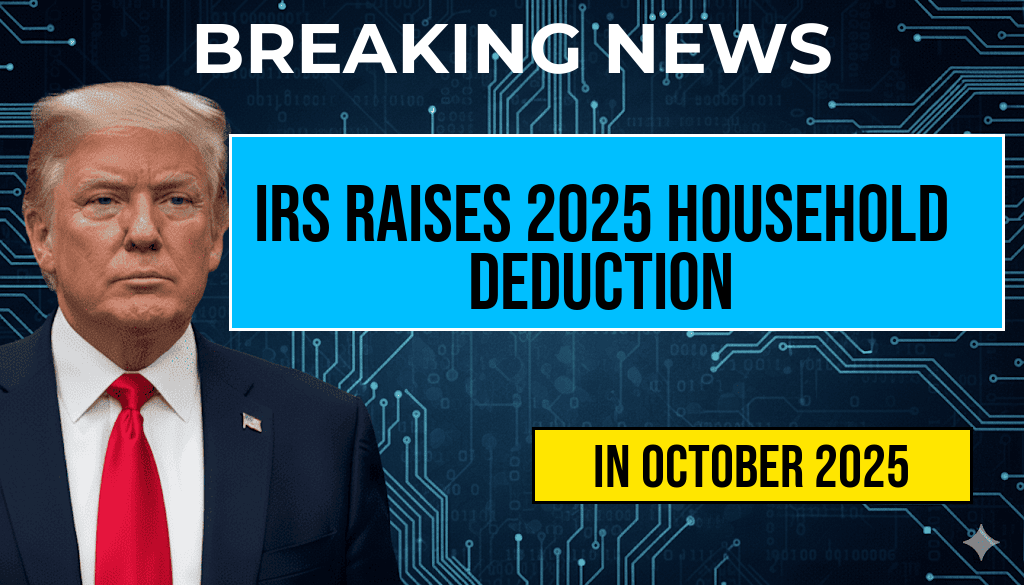The latest analysis by the Washington Post’s modeling tool indicates that while President Donald Trump’s proposed tax cuts may not be the largest in recent history, many American families could still see meaningful financial benefits, particularly through increased child tax credits. The model suggests that, under the proposed reforms, families with children could save up to $2,200 per child, a figure that could influence millions of households’ budgets. However, the analysis also highlights that the total tax relief varies significantly depending on income levels, family size, and regional tax policies, raising questions about the overall impact of the proposed changes.
Understanding the Model’s Findings on Tax Savings
The Washington Post employed a detailed simulation model to project how the proposed tax reforms would influence individual and family finances. According to the analysis, although the overall tax cuts may not surpass past legislative measures in magnitude, the targeted benefits—particularly through enhancements to the child tax credit—could provide substantial relief to middle-class families.
Specifically, the model indicates that families with children could see savings of up to $2,200 per child annually. This figure accounts for increased child tax credits and other adjustments aimed at making the tax code more family-friendly. For example, the proposed plan increases the child tax credit from $2,000 to $3,000 or $3,600 per child, depending on the child’s age, and expands eligibility to a broader income range.
Key Components of the Proposed Tax Reforms
Expansion of Child Tax Credits
- Increase in credit amount from $2,000 to up to $3,600 per child under age 6.
- Extension of eligibility to higher-income families, making more households eligible for benefits.
- Adjustment for inflation, ensuring that the credit keeps pace with rising living costs.
Reduction in Income Tax Rates
- Potential lowering of tax brackets for middle-income earners.
- Streamlining of deductions to simplify filings and maximize benefits for families.
Regional Variability and Implementation
While the model projects aggregate savings, regional differences in state taxes and local policies could influence actual benefits. States with higher income taxes or different child benefit programs might see variations in total family savings.
Impact on Different Income Groups
| Income Bracket | Number of Children | Estimated Savings per Child | Total Estimated Savings |
|---|---|---|---|
| $50,000–$75,000 | 2 | $2,200 | $4,400 |
| $75,000–$100,000 | 2 | $1,800 | $3,600 |
| $100,000–$150,000 | 1 | $1,200 | $1,200 |
The data suggests that middle-income families stand to benefit most from the proposed enhancements, especially those with multiple children. Conversely, higher-income households may experience limited tax relief due to the phase-out of certain credits, aligning with existing tax policy priorities.
Broader Fiscal and Political Context
This modeling effort arrives amid ongoing debates over the scope and efficacy of the proposed tax reforms. Critics argue that the benefits may primarily favor higher-income individuals in the long term or that the increased deficit could offset the short-term savings for some families. Supporters counter that targeted increases in child-related benefits address longstanding gaps in the tax code and support working families.
According to Wikipedia’s overview of U.S. tax policy, reforms that bolster family benefits have historically played a role in shaping economic stability and social mobility. The current proposal reflects a shift toward making the tax system more responsive to the needs of families with children.
Implications for American Families
While the projected savings vary, the potential for families to save up to $2,200 per child could translate into significant financial relief, especially for those balancing household expenses and education costs. The increased child tax credit, if implemented as proposed, would provide ongoing support, possibly reducing child poverty rates and easing the burden for lower and middle-income households.
However, experts warn that the actual impact will depend heavily on how quickly and effectively the reforms are enacted, as well as regional implementation differences. Families considering these changes should consult with tax professionals or review official IRS guidance to understand how their specific circumstances might be affected.
For further details on the tax plan and its legislative prospects, sources such as Forbes and official government resources offer ongoing updates and analysis (Forbes, IRS.gov).
Frequently Asked Questions
What does the WaPo model reveal about Trump’s tax cut compared to previous versions?
The WaPo model indicates that Trump’s tax cut is not the largest in history, but it still offers significant benefits to families, with potential savings of up to $2,200 per child.
How much can families potentially save per child under the new tax plan?
Families could save up to $2,200 per child thanks to the provisions of the Trump tax cut, providing meaningful financial relief for many households.
Does the article suggest that the tax cut benefits are evenly distributed among families?
No, the article highlights that while families may benefit with substantial savings, the distribution of tax cut benefits varies, and some households might see more significant advantages than others.
What are the key factors influencing the amount of savings families can achieve?
The main factors include family size, income level, and tax filing status. These elements determine how much a family can save per child under the new tax policies.
How does this analysis impact the overall perception of Trump’s tax policies?
The WaPo model offers a nuanced view, showing that while the tax cut isn’t the largest historically, it can still provide meaningful savings to families, influencing public perception and policy discussions.






